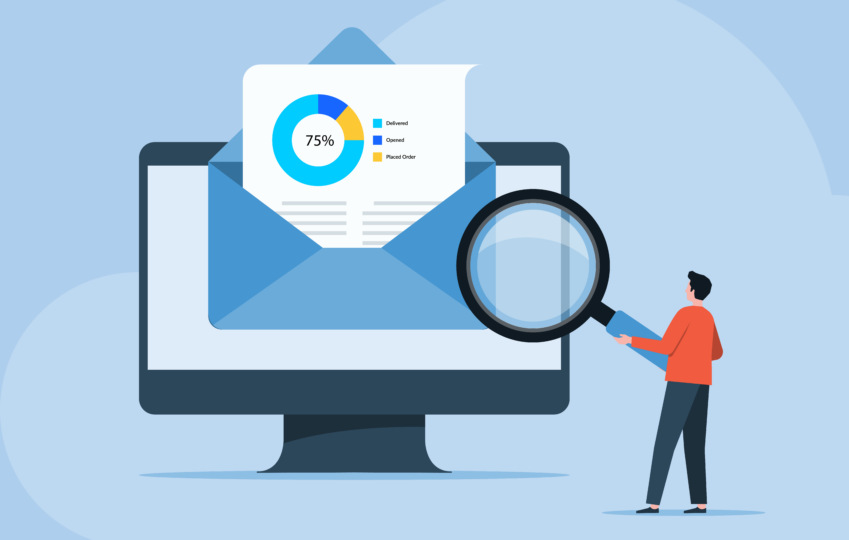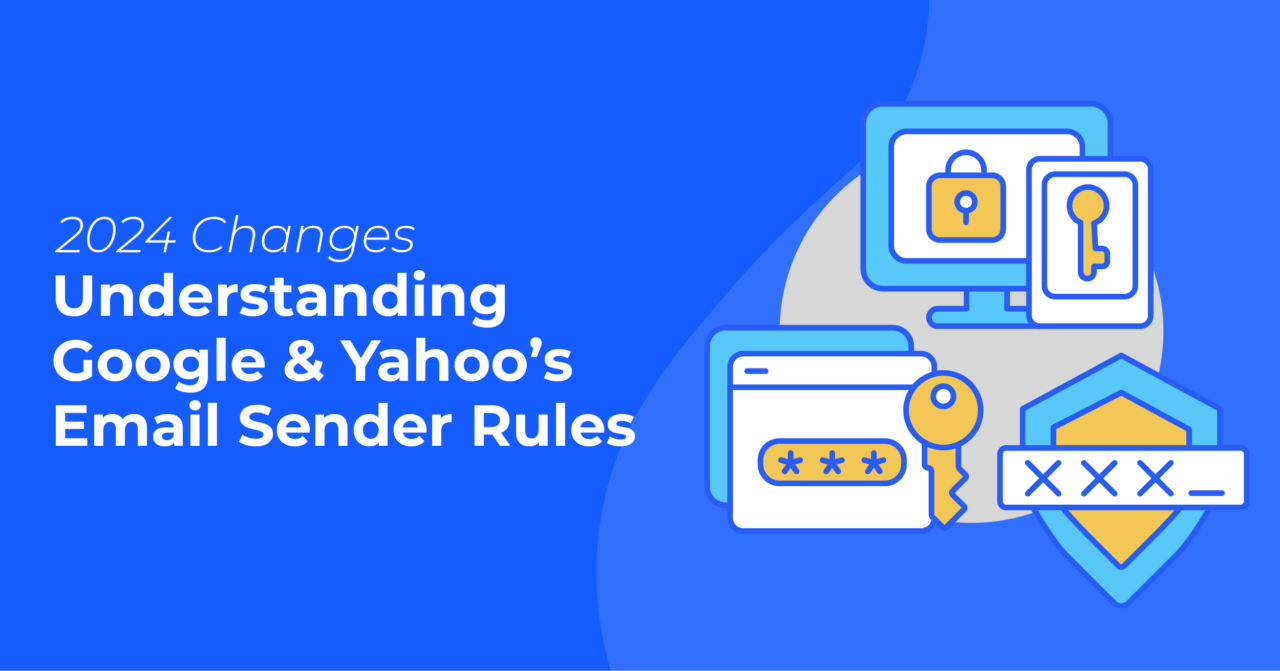Understanding Google & Yahoo’s New Email Sender Rules (2024)
As we make our way through the first few days of 2024, a new wave is about to hit the shores of the email marketing world. And it’s coming from two titans of the industry – Google and Yahoo. Starting February 2024, they’ll be introducing new sender requirements.
But before you start pulling your hair out, take a deep breath. We’re here to help you navigate these murky waters.
The Who, What, and Why of the New Rules
- Email Authentication: Starting February 2024, Google and Yahoo require that all domains must be authenticated using DKIM, SPF, and DMARC. In simpler terms, these are like your email’s ID card. They verify that you are who you say you are, reducing the chances of your emails being marked as spam.
- Spam Complaint Rate: The new rules necessitate keeping your spam complaint rate under 0.3%. This means for every 1,000 emails sent, no more than three recipients should mark your emails as spam. Just like in real life, people appreciate respectful communication, so make sure your emails are relevant and engaging!
- The Unsubscribe Button: Unsubscribe requests should be honored within two days. It’s the digital equivalent of respecting personal space. If someone wants to leave the party (your email list), let them do so quickly and without hassle.
- RFC 5322 compliance, PTR records, and rDNS: These technical-sounding terms are critical for successful email delivery. Think of them as your email’s passport, visa, and boarding pass. They ensure your emails follow international standards and help them reach their intended destination without getting lost in the internet wilderness.
- TLS Connection: This should be used for transmitting email. It’s like wrapping your email in a secure blanket before sending it off into the world. Using a Transport Layer Security (TLS) connection ensures your emails are encrypted during transit, protecting sensitive information from potential eavesdroppers.
These changes aim to create a “safer, less spammy inbox”, as Google puts it. While this may seem like a tall order, it’s actually an opportunity to fine-tune your email marketing strategy and show your customers that you’re committed to their online safety and the quality of your content.

How Small Businesses Can Adapt
Change can be intimidating, but it’s also a catalyst for growth. For small businesses, these changes mean modifying your practices to ensure the ongoing success of your email marketing campaigns. And isn’t adaptability a hallmark of successful entrepreneurs?
So, what can you do to prepare? Here’s a quick checklist:
- Update your friendly “from” address: Ensure it no longer contains “@gmail.com.” Instead, set up a branded sending domain.
- Configure your DMARC policy: This includes setting up a rua tag to receive DMARC reports.
- Align your email addresses: Ensure your “from” address aligns with your branded domain.
- Include unsubscribe links: Every email should have a one-click unsubscribe link to give recipients the option to opt-out easily.
- Monitor and manage spam complaints: Follow email deliverability best practices and monitor your sending strategy to keep spam complaints low.
We’ve Got Your Back!
At AdShark Marketing, we’re committed to helping you stay ahead of the curve. In the coming weeks, we’ll share a comprehensive checklist to help you prepare for these changes, alongside easy-to-understand guides and resources. From understanding how to authenticate your emails to figuring out Google’s volume requirements, we’ve got it all covered.
So, buckle up and get ready for an exciting ride through the changing landscape of email marketing. Remember, every wave is an opportunity to ride high – and with us by your side, you’re sure to make a splash!
Ready To Grow?
Let's Talk!


